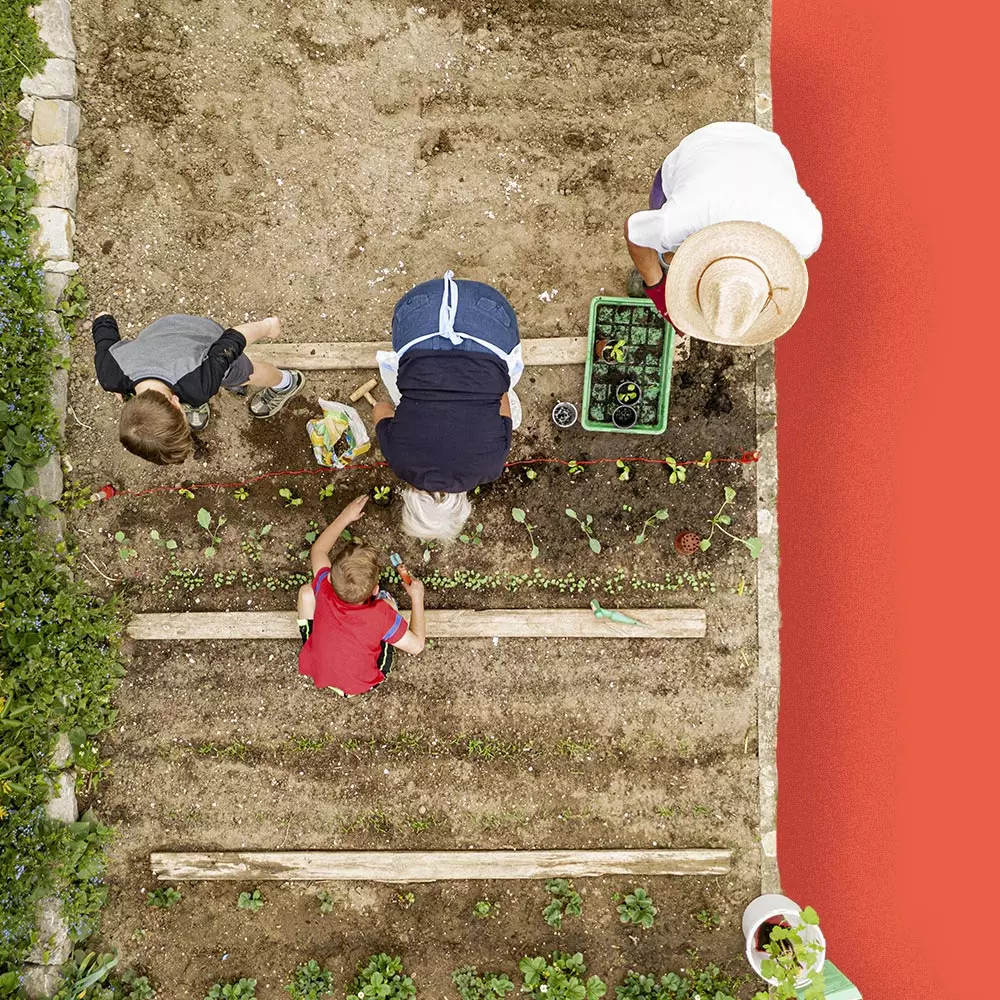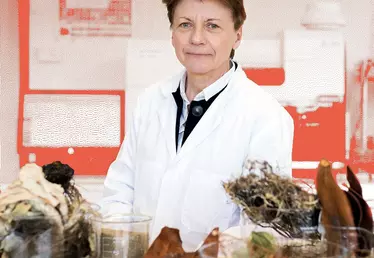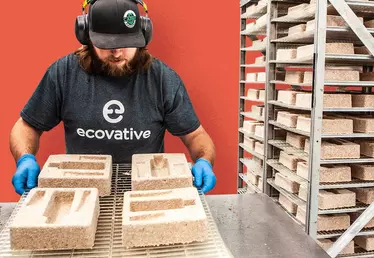

Hero banner custom title
Growing a vegetable garden without using pesticides
2 min
No one can be surprised by the fact that fruit and vegetable pesticides are not only harmful for human health but also for the whole of the natural world, including water systems, biodiversity and soil quality – to the extent that their use is strictly regulated in certain countries. At the same time, it is hard for anyone who is not a trained chemist to get a clear idea of the impact of the garden products they use. The question then becomes whether damage mitigation requires the complete elimination of pesticides or instead their replacement with some of the natural gardening techniques listed below.
Companion planting
Combining certain plant species is one way of sustaining their development and controlling pests. “Companion plants” that have been meticulously chosen because they interact positively with one another can stop parasites from proliferating. Tomatoes, for instance, flourish alongside marigolds, which repel nematodes (microscopic worms). Basil plants can also be scattered across a vegetable garden to ward off midges and protect against late blight, a disease that causes tomato plants to wither.
Insects are also allies
Monitoring an environment and identifying which pests are most likely to destroy its flora is also crucial to attracting garden auxiliaries. For instance, ladybugs love aphids, who tend to migrate to gardens with nettles.
In general, environments with a maximum of diversity (and the richest possible biodiversity) are assets for a garden ecosystem.
Ponds, for example, can provide a habitat for frogs who will then go out and eat the slugs that would otherwise destroy certain plants. Another good idea is hosting birds and hedgehogs that feed both on harmful insects (when there are too many of them) and on snails.
Caring for soil
Another key element is nurturing a rich and fertile soil i.e. not leaving the ground bare. Compost is an excellent natural fertiliser, whereas mulching – covering soil with protective material - helps to restrain weeds and retain moisture. Mulch (softwood bark, straw, dead leaves, etc.) also produces nutrients when it breaks down.
It is advisable to apply mulch when seedlings are 15-20 cm high to avoid inhibiting young shoots’ growth.
Finally, green manures can also be used to avoid leaving bare ground in wintertime. Fast-growing plants like clover, peas and mustard help to aerate and improve soil between two harvests. Green manures can be sown in autumn to prepare for a vegetable garden in spring.
Hand weeding is simple
Weeding requires patience (and a knife) but doing it regularly can prevent weeds from becoming a refuge for pests. The work gets easier if boiling water is poured over small areas as needed. Otherwise, thermal weeders can be used on a larger scale.











